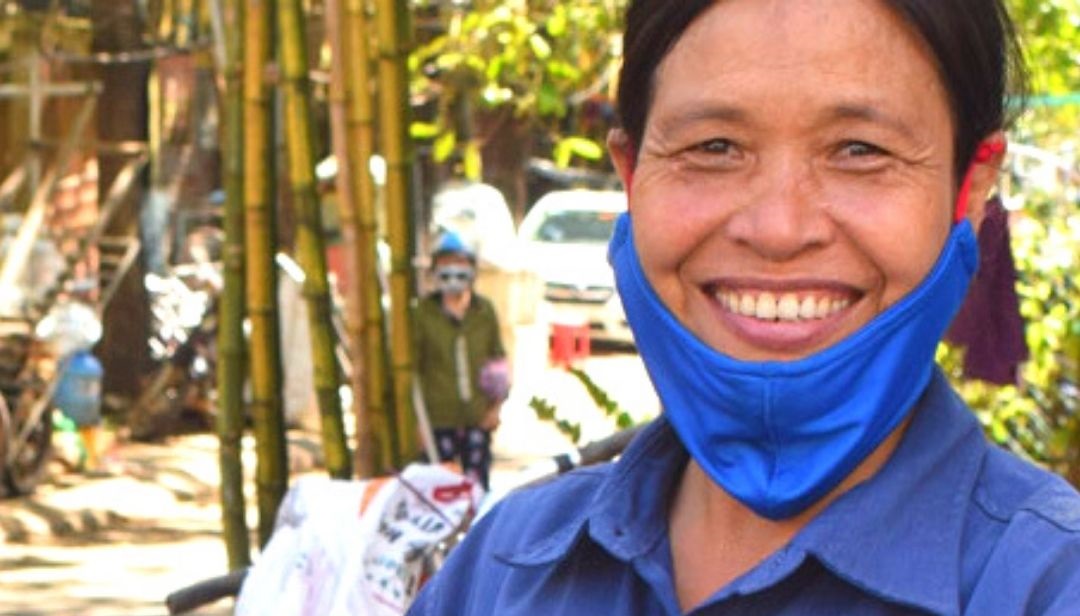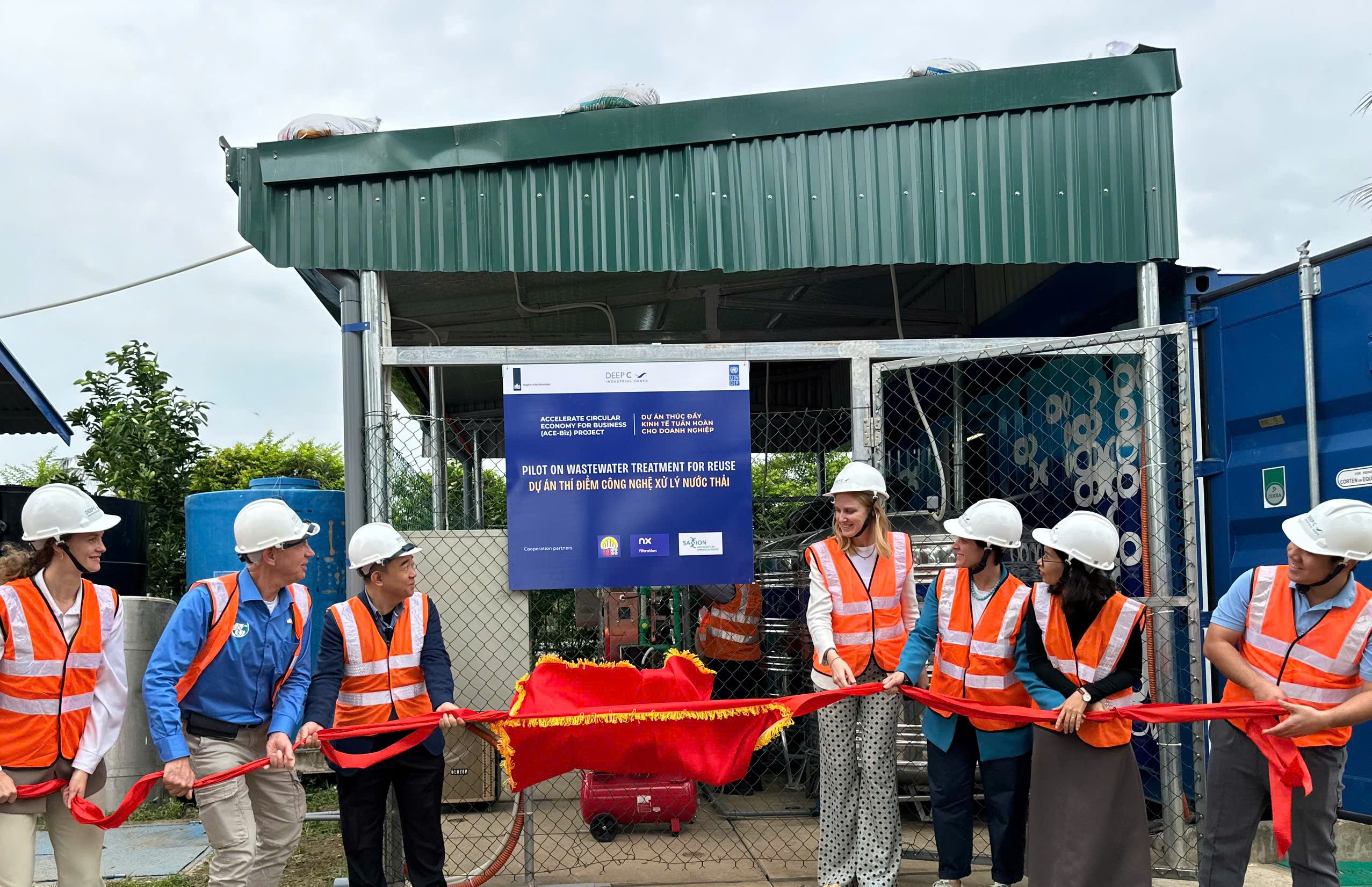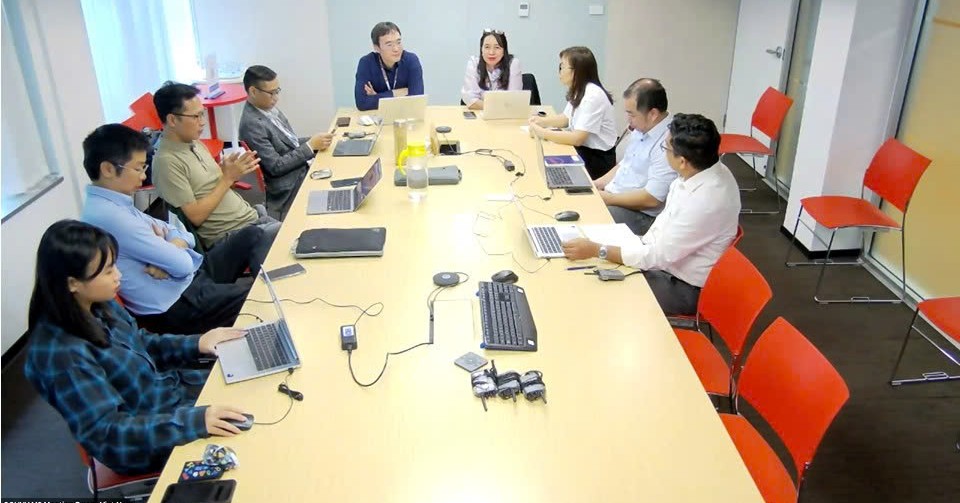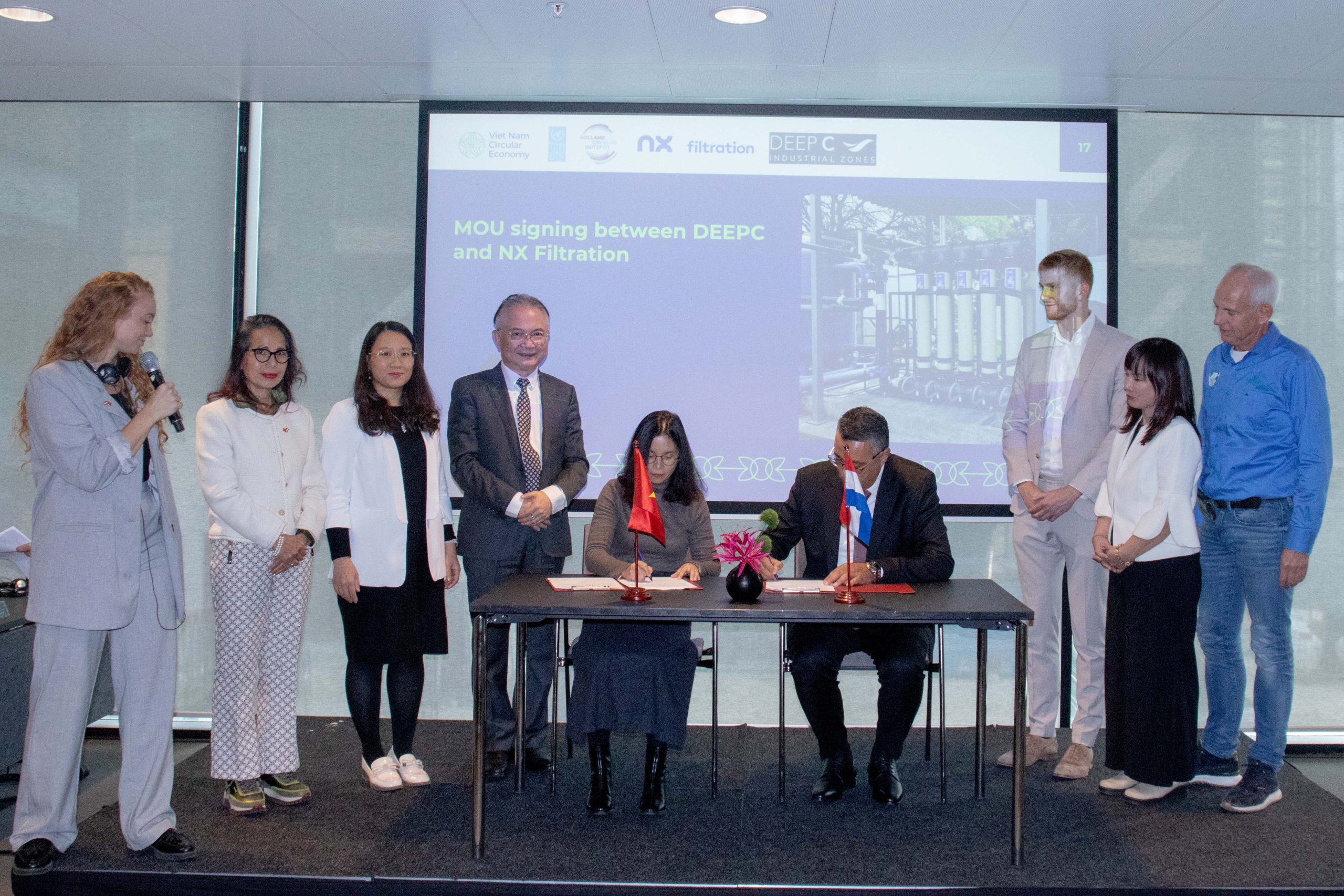On the occasion of the 2023 Lunar New Year, Dr. Tran Thi Hong Minh, Director of the Central Institute for Economic Management (CIEM) shared with VnBusiness the story of Viet Nam’s circular economy development. Dr. Minh forecasted, “Circular economy” will be a phrase that Vietnamese businesses are very interested in in the new year when many major markets are considering carbon tax on export goods based on greenhouse gas emission intensity.
 |
|
Dr. Tran Thi Hong Minh, Director of the Central Institute for Economic Management (CIEM). |
From reality and through the process of researching and developing policies, you recognize how the legal framework and the birth of sustainable and circular economic development models in Viet Nam are being implemented, as well as What is the positive impact on the economy?
Promoting the circular economy (CE) model, sustainable development is an inevitable trend in the world. In Viet Nam, the policy review process up to 2020 shows that the term CE has not been officially used in the Party’s guidelines and in the laws and policies of the State. However, documents and policies since 1986 have mentioned elements and aspects of CE such as renewing thinking about sustainable development of the country; Economic growth must be associated with social progress and justice, cultural development, and environmental protection. Since 2020, CE development thinking has been concretized, prominently in the 10-year socio-economic development strategy 2021-2030, the Law on Environmental Protection in 2020…
Recognizing the importance of concreting policies and priorities to promote CE development, the Ministry of Planning and Investment, CIEM advised the Prime Minister to issue Decision 687/QD-TTg dated on June 7, 2022, on “Developing a circular economy in Viet Nam”. Decision No. 687/QD-TTg was issued at a very important time. We must consider the orientations and policy requirements to ensure more sustainable development.
The commitment to bring net emissions to “zero” by 2050 is a starting point. Viet Nam must handle the challenge of supply chain disruption by adapting in the direction of increasing the independence and autonomy of the economy, including the more efficient use of raw materials and inputs. The requirement for the effective implementation of the Socio-Economic Development and Recovery Program after the severe difficulties of the economy in the years 2020-2021 also requires proactively promoting new economic models in order to create new economic models. More space for business growth. Decision No. 687 is an important step for all levels, sectors, and localities to promote the development of CE, circular business models in their localities and businesses.
The COVID-19 epidemic is causing consumers to strongly switch to green consumption trends. That proves, sustainable development is the right direction of businesses. However, when implementing it in practice, what difficulties are businesses facing?
Some of the difficulties that Vietnamese enterprises may encounter in the process of applying CE model are: The level of understanding of this type of economy is still limited. This greatly affects the efficiency of CE application in enterprises.
 |
|
General comparison between linear economy and circular economy. |
In addition, specific policies to support enterprises participating in the development and application of the CE model, especially policies to support finance, credit, technology and training; Information and communication work on CE and circular business is lacking. The reason is that the specific criteria on CE models and projects have not been specified.
Statistics show that more than 90% of Vietnamese enterprises are small and medium enterprises. The application of CE model requires changes in technology, production organization, consciousness and skills of workers, thus becoming a challenge for enterprises.
And finally, the awareness of domestic consumers towards sustainable consumption, the use of green products, etc. has not changed much. Not all consumers are willing to pay higher for products and services from the CE model.
In your opinion, what solution is needed for Viet Nam to establish a new economic position in the context of implementing commitments and regulations on climate emission reduction as committed by Viet Nam at COP 26?
As I mentioned at the beginning, Decision No. 687/QD-TTg is just one of the first efforts to define the roadmap, requirements, and orientation for CE development in Viet Nam. In this Decision, the Prime Minister assigned specific and “long-term” solutions that the ministries and branches need to implement synchronously, including Reviewing and perfecting the policy framework and legislation to facilitate CE development; Strengthening public-private dialogue on CE development, on the basis of promoting corporate social responsibility…
However, in order to create “vibration” for circular economy development policies, the traditional, sequential approach is not enough. The Ministry of Planning and Investment has coordinated organized communication to thoroughly raise awareness about this new and difficult issue. The context of economic recovery needs more motivation from the efforts to promote “green recovery”, associated with building a legal framework for businesses to “peacefully” implement business initiatives associated with the idea-specific CE. Accordingly, an important task that needs to be urgently implemented is to develop a Decree on a trial mechanism for circular economy development, which specifies appropriate standards and conditions for CE development.
Specifically, we need to soon complete the legal framework on CE, especially regulations and policies to encourage and support the development of innovative and effective business models. Experience in other countries is to promote CE on the basis of increasing the application of the results of the Industrial Revolution 4.0 and digital transformation so that CE is not only about reuse, and reduction, but also resource recovery, …
Along with that, it is necessary to step up the work of guiding and supporting businesses to implement international commitments on sustainable development and emission reduction. The important point is to increase business awareness and proactively implement adaptive solutions and contribute to sustainable development, building an image of a socially responsible business, instead of just “passively” presenting commitments and requirements of partners.
Looking back at the results achieved in 2022 in terms of economic development, what do you see as the bright spots that Viet Nam has achieved, and also forecast the economic development prospects in 2023?
Despite facing many difficulties and challenges in both the international and domestic context in 2022, Viet Nam still shows a strong economic growth recovery momentum. An important bright spot in 2022 is that we have created important foundations for a solid economic recovery. The socio-economic recovery and development program – under Resolution No. 11/NQ-CP – has been implemented with important solutions in many pillars. Macroeconomic stability is maintained. Reform ideas to expand the development space have been clearly realized in 2022, including specific guidelines and policies to promote green transformation, circular economy development, and digital economy society, perfecting institutions linking socio-economic regions, and increasing labor productivity…
However, Viet Nam also faces many challenges in 2023. Firstly, the risk of a global recession in 2023 has increased significantly. The prolonged Russia-Ukraine crisis has led to an energy crisis in many countries, an increase in energy prices on the world market, and a disruption of supply chains. Dealing with the multi-dimensional, multi-layered impact of these trends on Viet Nam’s economic growth, export growth, and inflation will require monitoring scenarios, while at the same time acting prudently and flexibly on macroeconomic policy tools.
Along with that, it is difficult to ensure a sufficient number of workers and sufficient labor skills necessary for the economic recovery process. Over the past two years, we have faced labor supply disruptions at some point as a result of the COVID-19 pandemic. Difficulties in export orders in the last months of 2022 also significantly affect the employment of a part of workers.
In that context, maintaining labor participation and building skills for workers to adapt to new industries and economic activities will be an important requirement, but not easy to implement.
Sincerely thank you!
Le Thuy
















